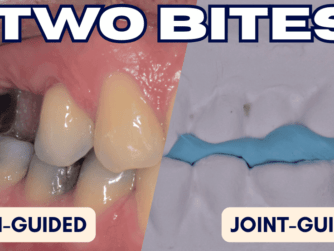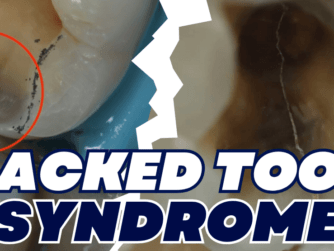Podcast: Play in new window | Download (Duration: 1:08:05 — 96.9MB)
Subscribe: RSS
Ovate pontics are what you choose when you want the best aesthetics for fixed dental bridges – but how do you go about prescribing this to your lab?
How do you carry out ‘pontic site development’ and how can you assess the soft tissues for suitability?
Get your onions ready, Protruserati, it’s another cracker with that man Dr Jason Smithson who will make ovate pontics tangible.

We’ve also made a kick-ass infographic for you to download alongside 2 PDFs recommended by Dr Jason Smithson, summarising all that Dr Smithson taught on this episode. [Also available in the Protrusive Vault for premium subscribers]
Protrusive Dental Pearl: Jaz’s Rule for Resin Bonded Bridges
- For Metal winged adhesive bridges, do not accept more than 1 compromise
- For Zirconia RBBs, do not accept any compromises!
- Examples of compromises: small abutment teeth (and thus smaller surface area for bonding), poor quality enamel, awkward path of insertion, dodgy occlusions etc
Join us on Saturday 30th September for Occlusion and Communication Day at London Heathrow – amazing speakers on 2 huge topics!
As promised, check out the PDF on Ovate Pontics by Professor Bill Robbins and more about the E-Pontic here.
Learn more from Dr Jason Smithson and his Restorative Programme.
Also, check out his courses with Spear Education.
Highlights from this episode to follow.
If you enjoyed this episode, you will also like PDP132 Success with Resin Bonded Bridges
Did you know? You can get CPD from the Web App or Phone App and watch premium clinical videos, for less than a tax deductible Nando’s per month?







